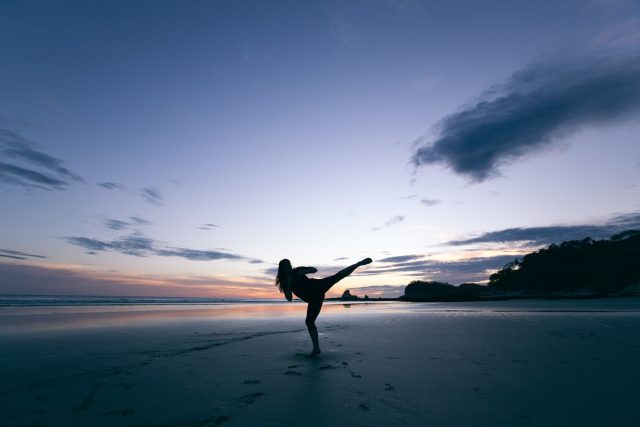What is Capoeira?
Capoeira is a unique Brazilian martial art that has become popular worldwide. It combines elements of dance, acrobatics, and music, making it a fascinating form of movement. This article serves as a beginner’s guide to Capoeira and introduces its history, practice, and culture. It outlines the basics for those looking to learn more about this fascinating martial art form and offers some advice on getting started.
History of Capoeira
Capoeira is a Brazilian martial art that has become increasingly popular recently. Originating from the 16th century, this Afro-Brazilian form of martial arts combines dance, music, and acrobatics to create an art form like no other. It has a rich history dates back to the colonial period of Brazil when African slaves brought their traditional culture and fighting techniques with them.
During its development, Capoeira became known as an innovative way for slaves to show resistance against their oppressors. In the 1800s, it was outlawed by the Brazilian government as a reaction to its use by criminals and revolutionaries who used it to fight against authority figures. Despite being forbidden for many years, Capoeira’s popularity had grown rapidly since its revival in 1914 when Mestre Bimba opened the first school in Salvador, Brazil. Music and Dance Elements
Roles and Equipment
In the Brazilian martial art of capoeira, two players engage in a captivating and complex performance. Players must be well-versed in the roles, equipment, and techniques that are essential for learning and excelling at this dynamic martial art.
Roles
The two players take up the primary role in capoeira. One player stands as the ‘capoeirista’ who uses swift footwork and creative acrobatics to dodge and outwit their opponent – the other player is known as ‘the adversary’ or ‘adversary’ who looks to counter their opponent’s movements with their own acrobatic maneuvers. This dance-like interaction between two opponents creates an exciting spectacle that is unique to capoeira.
Equipment
To practice capoeira safely and correctly, certain pieces of equipment are necessary for proper training. The most important piece of equipment needed to practice capoeira is a roda, which is an open circle surrounded by four chairs or benches to form a square shape. This creates a safe space where practitioners can move and perform the various kicks and movements associated with the art. Additionally, practitioners should wear comfortable clothes such as shorts, t-shirts, and sneakers that allow them to move freely without restriction. A berimbau (a single-stringed instrument) may also be used to provide rhythm during capoeira play.
Rules and Techniques
When training Capoeira, it is important to understand the rules and techniques that make up this unique martial art form. For starters, it is important to know the basic movements such as ginga (basic stance), passada (side step), meia-lua de compasso (semi-circle kick), and martelo (hammer fist).
There are two main techniques used in capoeira: kicks and dodges. Kicks are used to create a defensive barrier, while dodges are performed to gain an advantage over the opponent. The game rules require participants to make contact with their hands during each move and avoid physical contact with their opponents’ heads or faces. Additionally, practitioners must always maintain a rhythm that keeps the game flow going forward for it to be successful.
Benefits of Training
Training capoeira is a great way to stay in shape and learn about Brazilian culture. Not only can it help you maintain physical fitness, but it also has numerous other benefits. The physical health benefits of training capoeira are clear: improved coordination and agility, better balance and flexibility, and increased strength and endurance. With a focus on the body’s core muscles – hips, abdomen, and back – capoeira can help improve posture and increase core stability. However, learning capoeira provides mental exercise more than just a physical workout. Through repetition of movements and patterns, one can develop concentration skills and a discipline that can be applied to daily life outside of training sessions.
Ready to Start?
Now that you’ve learned about this unique form of martial arts, it’s time to decide if Capoeira is right for you. As with any physical activity, make sure you are in good health before beginning any new exercise routine or sport. Additionally, there are different schools of Capoeira taught around the world that may cater better towards individual preferences or goals – take some time to research what style works best for you!






























